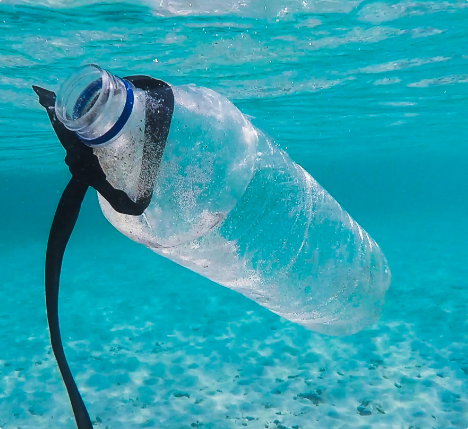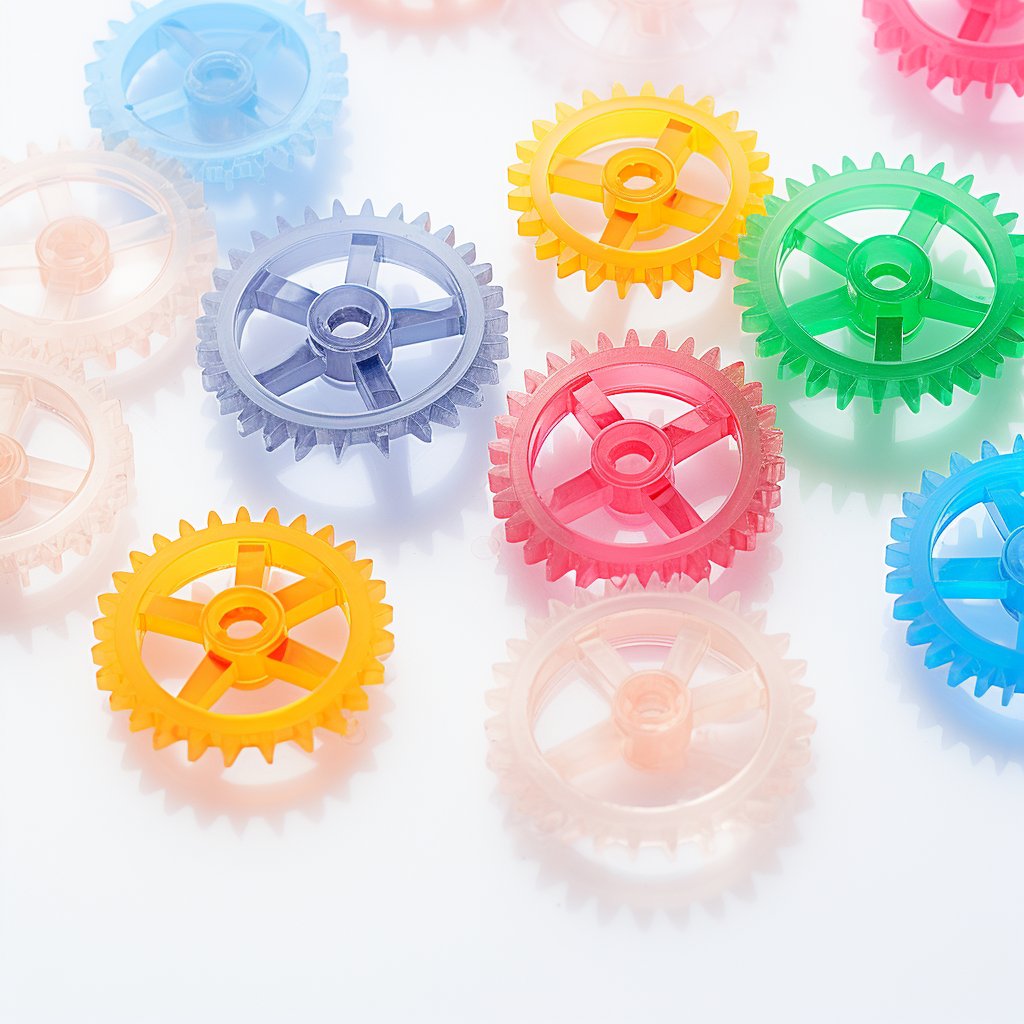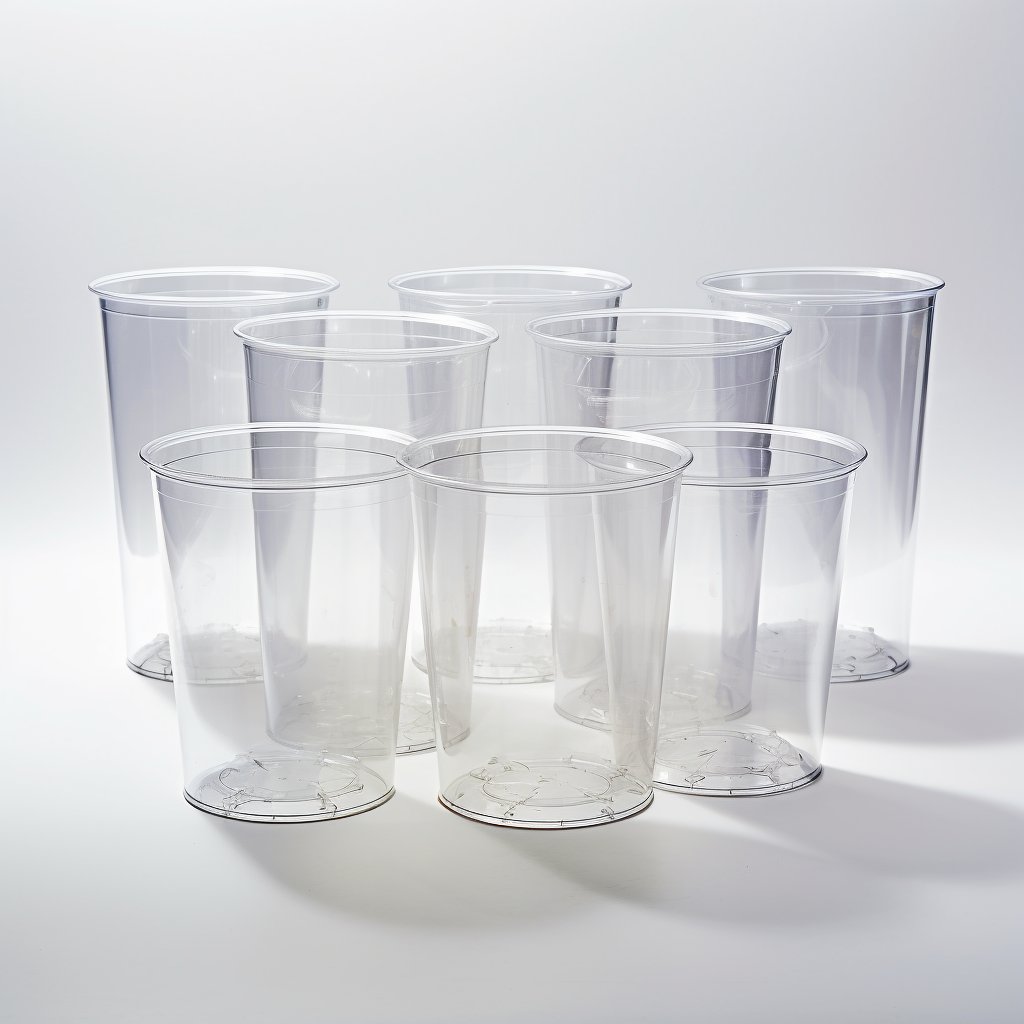Low-Density Polyethylene (LDPE) is a type of thermoplastic polymer widely used in various industries due to its excellent properties such as toughness, flexibility, chemical resistance, and low cost.
LDPE was first discovered in 1933 by two British scientists, Eric Fawcett and Reginald Gibson while experimenting with ethylene under high pressure. However, it was not until the 1950s that LDPE was commercially produced on a large scale. The development of LDPE led to the expansion of the plastics industry and the creation of new products.
Low-density polyethene (LDPE) is a versatile and widely used thermoplastic that has become a mainstay in many industries due to its unique combination of properties. From packaging materials to consumer goods, LDPE has numerous applications and benefits. However, as plastic waste continues to pose a significant environmental challenge, recycling LDPE has become an increasingly important aspect of sustainable waste management.

Formal Definition
LDPE is a type of polyethene with a density range of 0.910-0.940 g/cm³. It is a highly branched polymer with a low degree of crystallinity, which gives it its unique properties such as flexibility and toughness. LDPE is produced by the polymerization of ethylene at high pressure and temperature using a catalyst.
Material Properties
LDPE is a highly versatile material with a wide range of properties that make it suitable for various applications. Some of its key properties include:
- Toughness: LDPE is highly resistant to impact, making it suitable for use in applications where it may be subjected to mechanical stress.
- Flexibility: LDPE is very flexible, allowing it to be easily formed into a variety of shapes and sizes.
- Chemical Resistance: LDPE is resistant to many chemicals, making it suitable for use in applications where it may be exposed to harsh chemicals.
- Low Permeability: LDPE has a low permeability to gases and liquids, making it suitable for use in applications where containment is important.
- Low Melting Point: LDPE has a low melting point, making it easy to process and mould.

Industrial Usage
LDPE is widely used in various industries, including packaging, agriculture, construction, and automotive. It is one of the most commonly used plastics in the world due to its versatility, low cost, and ease of processing. Some of its industrial uses include:
- Packaging: LDPE is commonly used in the production of bags, films, and wraps due to its low cost, flexibility, and resistance to moisture.
- Agriculture: LDPE is used in agriculture for the production of greenhouse films, mulch films, and irrigation pipes due to its low cost and resistance to UV radiation.
- Construction: LDPE is used in construction for the production of geomembranes, insulation, and roofing due to its flexibility and resistance to water and chemicals.
- Automotive: LDPE is used in automotive applications to produce fuel tanks, interior trim, and under-hood components due to its toughness and chemical resistance.

Consumer Product Examples
LDPE is commonly used in the production of a wide range of consumer products. Some of its consumer product examples include:
- Plastic Bags: LDPE is commonly used in the production of plastic bags due to its low
Recycling
LDPE is recyclable, and many recycling facilities accept it for processing. Recycled LDPE is often used in the production of new products such as plastic bags, trash can liners, and agricultural films. However, LDPE recycling rates are still relatively low compared to other plastics, with only around 8% of LDPE being recycled in the US.
LDPE (Low-Density Polyethylene) recycling is an important aspect of sustainable waste management. Recycling LDPE can help reduce the amount of plastic waste that ends up in landfills and the environment and also conserve resources by providing a source of recycled material for new products.
Process of recycling LDPE
LDPE recycling typically involves the following steps:
- Collection and Sorting: Used LDPE products are collected and sorted by type and colour.
- Shredding and Washing: The LDPE products are shredded into small pieces and washed to remove any contaminants, such as dirt, labels, and adhesives.
- Melting and Extrusion: The clean LDPE pieces are melted and extruded into pellets or flakes, which can be used as a raw material for the production of new products.
Advantages
LDPE recycling has several advantages:
- Resource Conservation: Recycling LDPE conserves resources by reducing the need for new plastic production.
- Reduced Landfill Waste: Recycling LDPE reduces the amount of plastic waste in landfills, which helps conserve space and reduce environmental impacts.
- Energy Savings: Recycling LDPE requires less energy than producing new plastic, which can help reduce greenhouse gas emissions and the industry’s carbon footprint.
Disadvantages
LDPE recycling also has some disadvantages:
- Cost: Recycling LDPE can be more expensive than producing new plastic, particularly if the collection and sorting process is not efficient.
- Quality: Recycled LDPE may have lower quality and performance characteristics compared to virgin LDPE, which can limit its use in certain applications.
Environmental and Global Impact
LDPE recycling can have a positive environmental and global impact by reducing waste and conserving resources. However, there are also some potential negative impacts associated with LDPE recycling.
- Chemical Pollution: Recycling LDPE can release chemicals such as phthalates and bisphenol-A, which can be harmful to human health and the environment if not properly managed.
- Energy Use: While LDPE recycling can save energy compared to producing new plastic, it still requires energy for transportation, processing, and other activities, which can contribute to greenhouse gas emissions and other environmental impacts.
- Global Market: The global market for recycled LDPE is still developing, and there are challenges related to transportation, logistics, and price competitiveness that can affect the success of recycling efforts.
Advantages and Disadvantages of use:
LDPE has several advantages over other plastics, including its low cost, flexibility, and toughness. However, it also has some disadvantages, such as low strength and poor heat resistance.
Advantages:
- Low Cost: LDPE is one of the cheapest plastics available, making it a popular choice for a wide range of applications.
- Flexibility: LDPE is highly flexible, allowing it to be easily formed into a variety of shapes and sizes.
- Toughness: LDPE is highly resistant to impact, making it suitable for use in applications where it may be subjected to mechanical stress.
- Chemical Resistance: LDPE is resistant to many chemicals, making it suitable for use in applications where it may be exposed to harsh chemicals.
- Recyclability: LDPE is recyclable, making it an eco-friendly choice.
Disadvantages:
- Low Strength: LDPE has a low strength compared to other plastics, making it unsuitable for some applications.
- Poor Heat Resistance: LDPE has poor heat resistance, limiting its use in high-temperature applications.
Compared to Alternative Plastics
LDPE is often compared to other plastics, such as HDPE (High-Density Polyethylene) and PP (Polypropylene). Compared to HDPE, LDPE is more flexible and less strong, while PP is stiffer and stronger than LDPE. However, LDPE is often preferred over these alternatives due to its low cost and ease of processing.
Market Price Developments
LDPE prices are influenced by various factors, such as global supply and demand, crude oil prices, and production costs. In recent years, LDPE prices have been relatively stable, with some fluctuations due to changes in the global market. In 2020, the average price of LDPE was around $1,100 per metric ton.
Future Market Prognosis
The global LDPE market is expected to grow at a steady rate in the coming years, driven by increasing demand from various industries such as packaging, construction, and agriculture. The rising awareness of environmental issues is also expected to boost demand for eco-friendly materials, including LDPE. However, the market is also facing challenges, such as increasing competition from alternative materials and stricter regulations on plastic usage and recycling. Overall, the LDPE market is expected to remain a key player in the plastics industry for the foreseeable future.
In conclusion, while there are some challenges associated with LDPE recycling, it remains an important aspect of sustainable waste management and can help reduce environmental impacts and conserve resources. Continued investment in LDPE recycling technology and infrastructure can help overcome these challenges and lead to a more sustainable future for the plastics industry.
Conclusion:
Low-density polyethene (LDPE) is a widely used and versatile material that has become an integral part of many industries. From its unique combination of material properties to its broad range of applications, LDPE offers a multitude of benefits to businesses and consumers alike. However, the increasing amount of plastic waste has put pressure on the industry to develop sustainable solutions, and LDPE recycling has become an increasingly important aspect of waste management. While the recycling process is not without its challenges, it offers a promising avenue for reducing waste and conserving resources.
As we look to the future, it is clear that sustainable waste management and responsible resource use will be critical to creating a more sustainable future. By supporting the development of LDPE recycling infrastructure and investing in sustainable production and consumption practices, we can help reduce the environmental impact of plastic waste and build a more sustainable world for generations to come. Let us all do our part to support these efforts and help create a better future.








